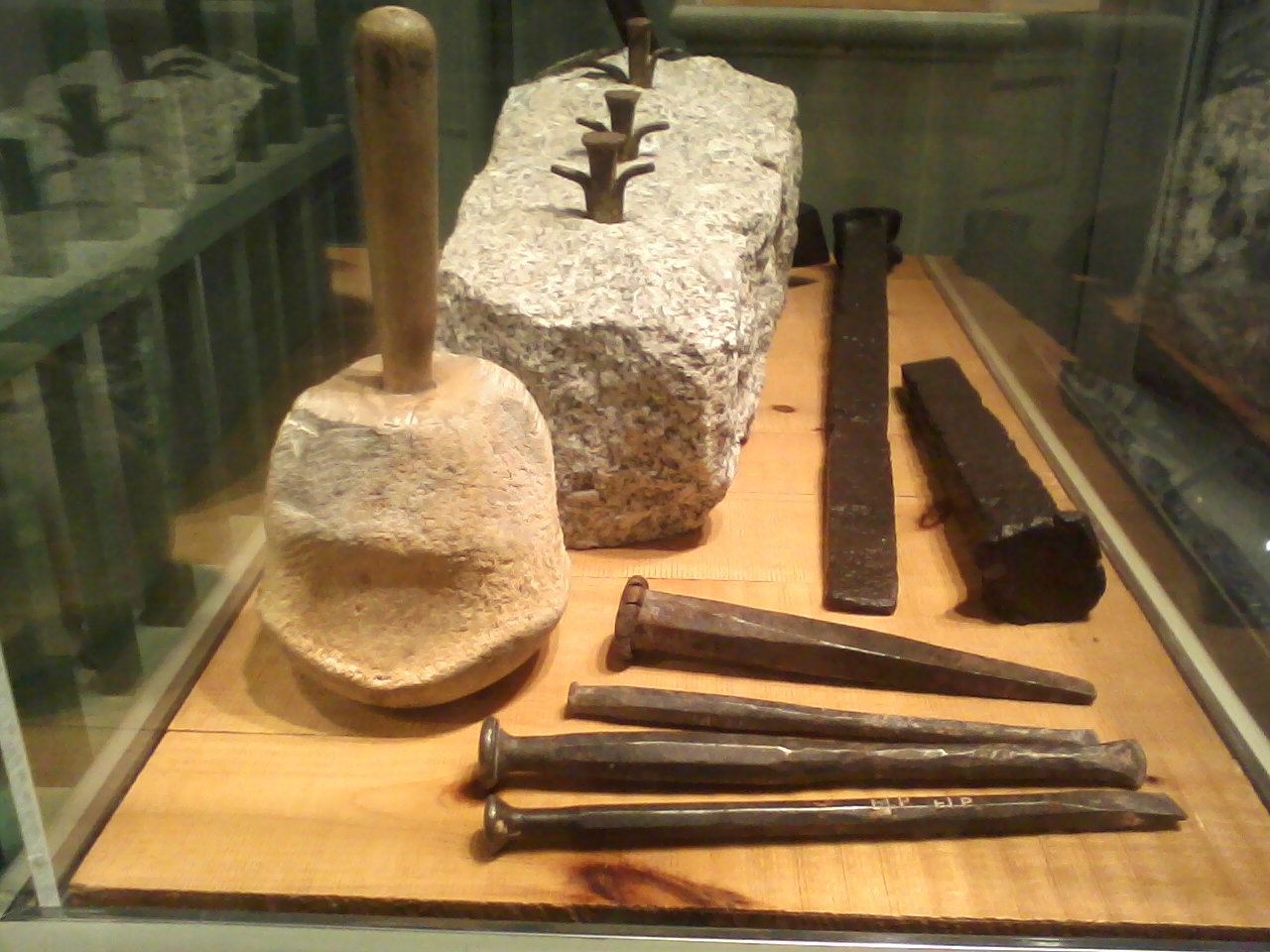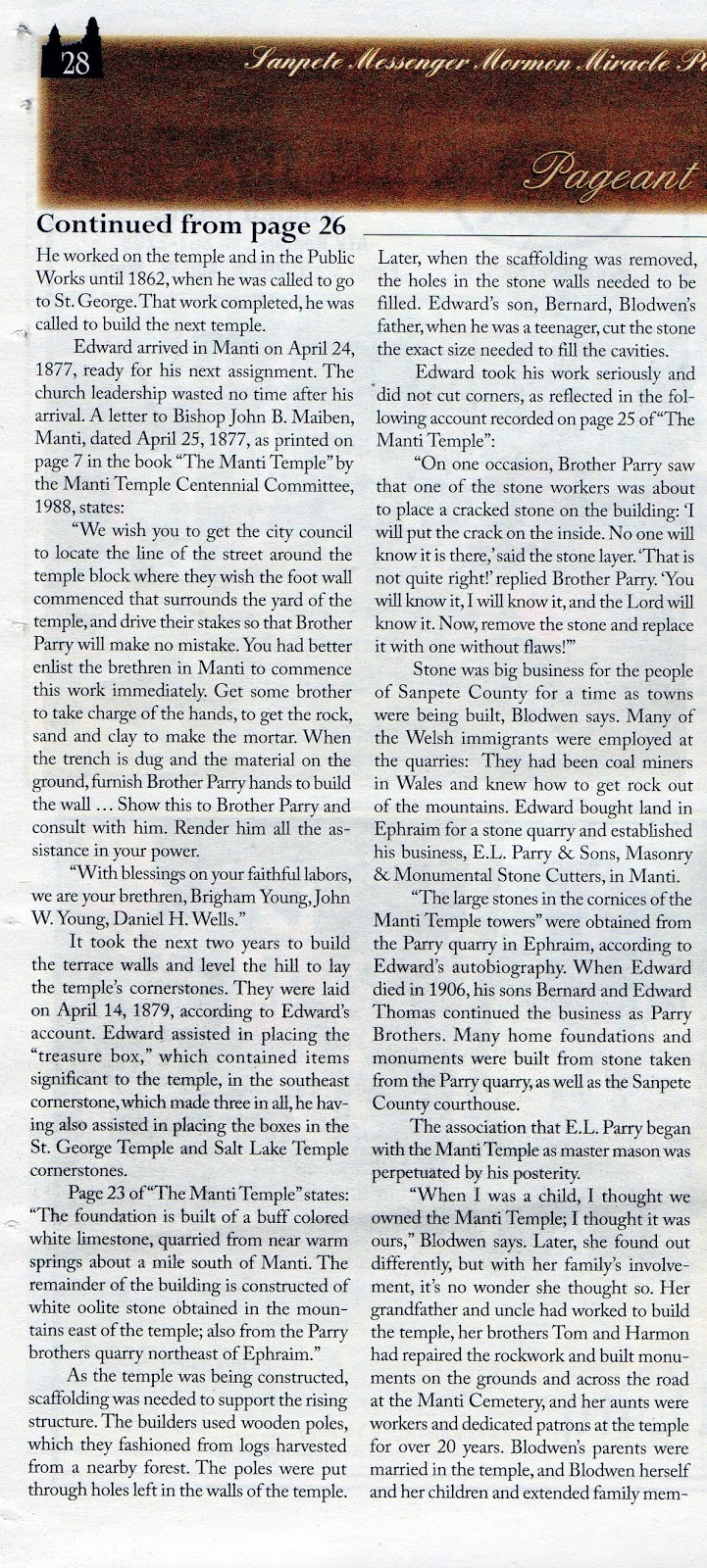James G. Bleak (pronounced "Blake"), who worked on the St. George Tabernacle with ELP. Bleak also confirmed two of ELP's children (Elizabeth Ann and Edward Thomas), and was the clerk who helped ELP obtain U.S. citizenship in 1869.
=======================================================
Juanita Brooks (1898-1989), who authored numerous books, including The Life of George Brooks, which chronicles the life of ELP's adoptive son. Juanita was married to George's son Will.
=======================================================
David H. Cannon (1838-1924), who worked with ELP in locating a fort southeast of St. George.
=======================================================
When ELP had a dream about some loose scaffolding during the construction of the St. George temple, George Jarvis (1823-1913), helped ELP fix the scaffolding.
=======================================================
John McAllister spoke at ELP's funeral in 1906.
=======================================================
Daniel D. McArthur (1820-1908) also worked with ELP in locating a fort southeast of St. George.
=======================================================
David Milne (1832-1895) confirmed ELP's daughter Mary Ellen, and also worked with ELP on the St. George Tabernacle.
=======================================================
Erastus Snow (1818-1888), whose house in St. George ELP helped to build. Later, in 1873, ELP purchased land from Snow in order to build his own home. Both men were also present at the laying of the foundation cornerstone of the St. George Tabernacle in 1863.




























